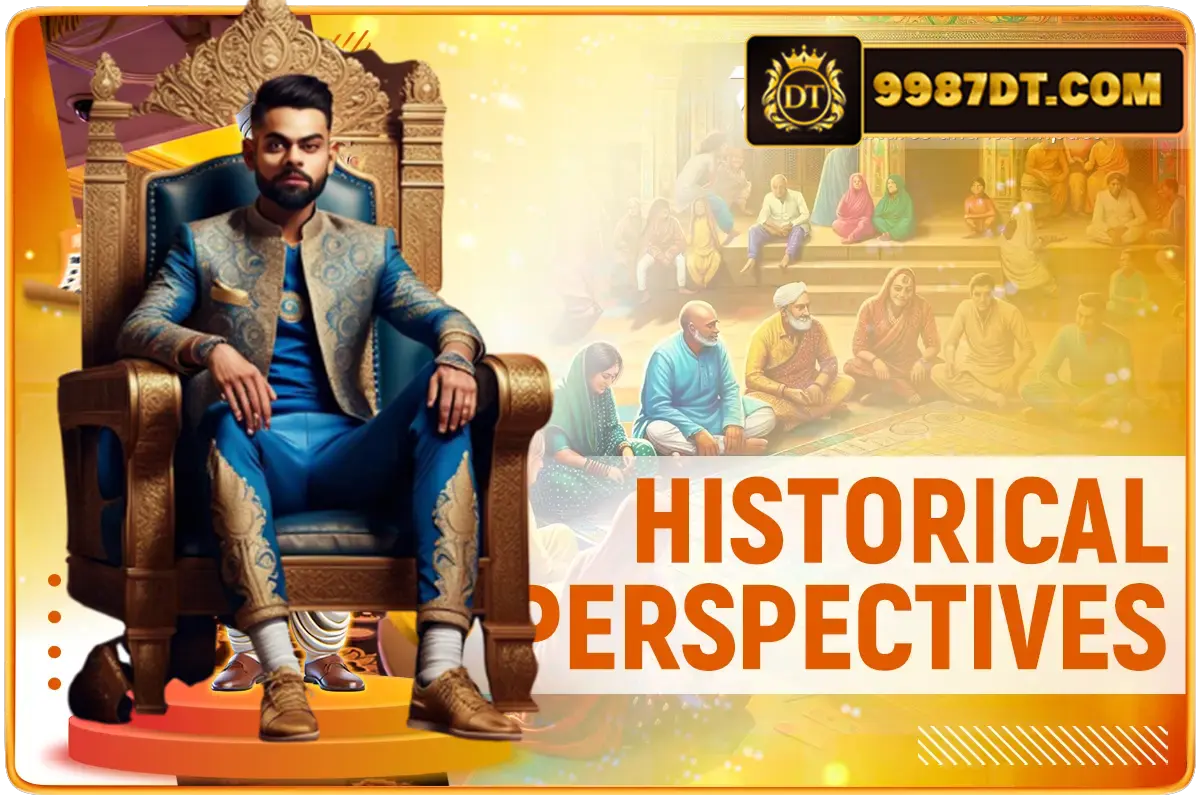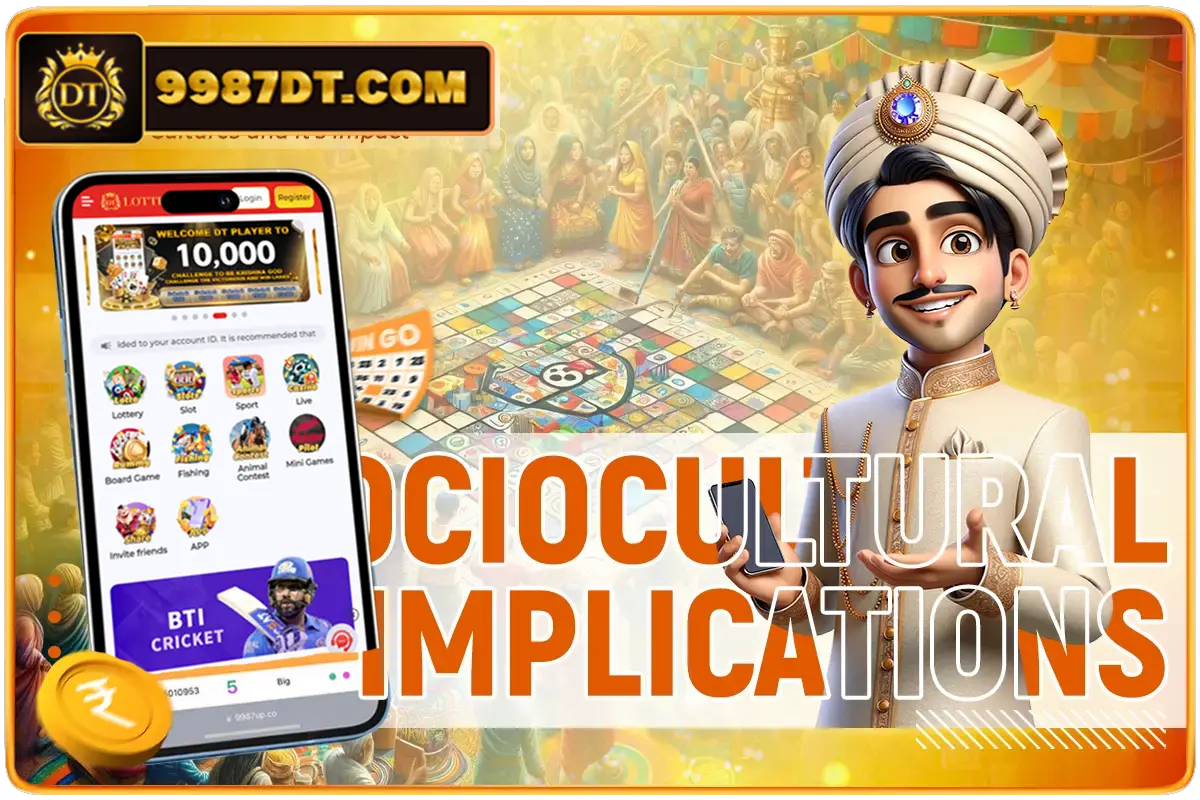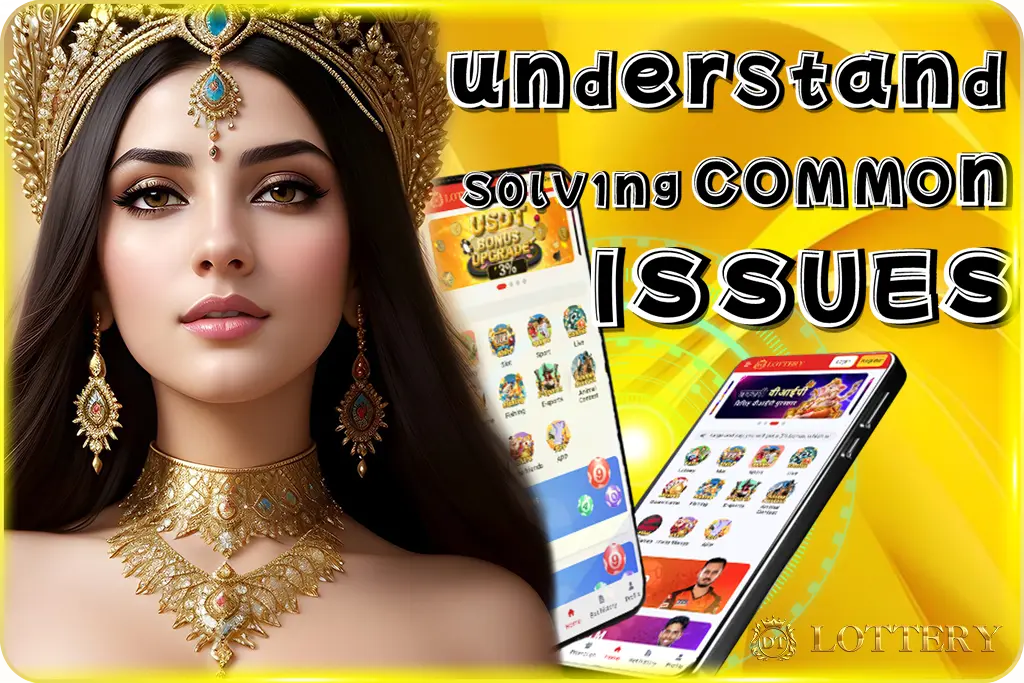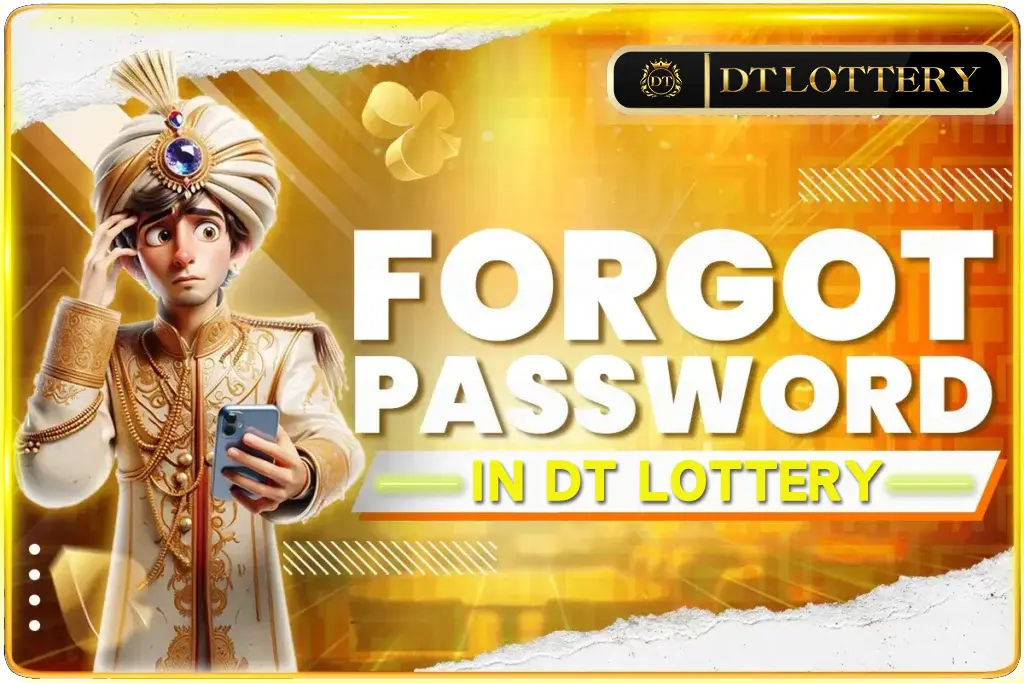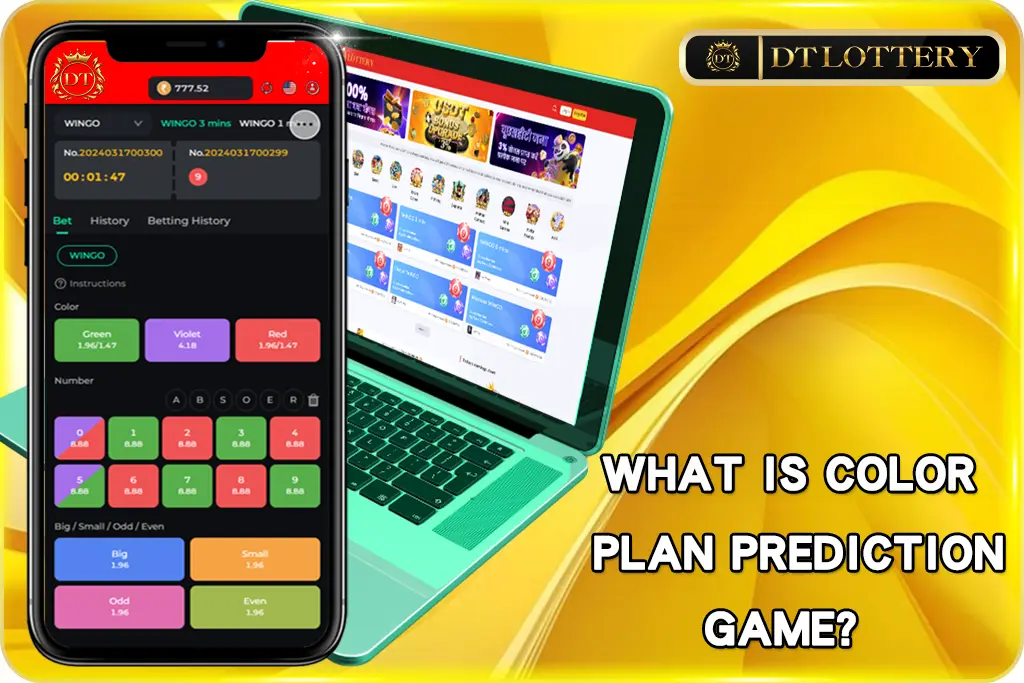Colour Prediction in Cultures and Its Impact
Have you played Colour Prediction Games? In India, these games are more than just fun. They’re a part of our colorful culture. In these games, you guess which color comes next, and it’s really popular here. But in India, every color means something special – like red for weddings or green for new beginnings. With DT Lottery, we’ll talk about how these simple games connect with the big, colorful world of Indian traditions. We’ll see how colors in the game match the colors we see in festivals and everyday life in India. So, let’s dive into the fun and discover what these colors tell us about Indian culture.
Historical Perspectives
Have you ever wondered where our ideas about colors come from? Let’s go back to ancient times and see how different cultures, like those in Egypt, China, and among indigenous peoples in the Americas, used colors. They had their own ways of colour prediction in culture, seeing colors as more than just pretty shades.
In ancient Egypt, for instance, black was a good color, linked to life and rebirth. It’s quite different from how we often see black today. In China, red has always been seen as lucky and is still a big part of celebrations like weddings. Indigenous cultures in the Americas had their own color meanings too. Green, for example, was often connected to nature and healing.
These old beliefs about colors show us how people in the past viewed the world. Some of these ideas have stayed with us, influencing our modern views on colors. So, when we play Colour Prediction Games or pick colors for our clothes, we’re part of a long history of colour prediction in culture.
Cultural Variations
Colors can mean different things in different places, showing us how diverse our world is. This is a big part of colour prediction in culture. For example, white is often a color of joy and weddings in Western cultures, but in some parts of Asia, it’s worn for mourning and remembrance. This shows how deeply our traditions and where we come from shape the way we see colors.
The environment around us also plays a role in how we predict and use colors. In a country with lots of sun and beaches, you might see bright, sunny colors in clothes and art. But in a place with lots of forests and mountains, earthy greens and browns might be more common.
Understanding these variations helps us see why colour prediction in culture is so interesting. It’s not just about guessing which color will be popular next; it’s about understanding people and their traditions. Every time we see a color in a festival, a traditional outfit, or even in Colour Prediction Games, there’s a story behind it that’s tied to the culture and the world people live in.
Modern Applications
Today, colour prediction in culture is key in areas like fashion, marketing, and interior design. Designers and marketers look at popular colors to connect with what people want. Colors aren’t just about style; they reflect our feelings and trends.
The internet and social media have also changed how color trends spread. A color can become popular worldwide almost overnight, thanks to online sharing. This means color predictions now consider global trends, not just local preferences.
This mix of traditional color meanings and modern trends shows how colour prediction in culture is always evolving, influenced by both history and the digital world.
Sociocultural Implications
Colour prediction in culture isn’t just about what looks nice. It actually shapes how we behave and think. For instance, if a color is considered lucky in a culture, you might see it a lot in important events like weddings or festivals. This shows how deeply colors can influence our choices and traditions.
Also, there are lots of beliefs and superstitions tied to colors. In some places, a certain color might be thought to bring good luck or bad luck. These beliefs can influence everything from what people wear to how they decorate their homes.
Understanding how colour prediction in culture affects society helps us see the power of colors. They’re not just for fun in games or fashion; they’re deeply rooted in our lives, guiding decisions and expressing our cultural heritage.
Future Trends in Online Colour Prediction Games
In the future, online Colour Prediction Games are likely to adapt to current trends and technology. Games could include nature-inspired colors reflecting environmental themes. Plus, with AI and big data, these games might offer a more personalized experience, predicting player preferences based on their past choices and popular trends. As a result, these games will not only be fun but also a reflection of our evolving interests and world.
Conclusion
As we’ve seen, there’s a deep connection between colour prediction in culture and how cultures evolve. Colors do more than just make things look nice; they’re a part of our identity and history. In everything from online Colour Prediction Games to the colors we wear and see in our festivals, colors tell the story of who we are and where we come from.
This journey through the world of color shows us that as our cultures change, so do the colors we love and use. And as we move forward, these colors will keep playing a big role in expressing who we are and connecting us to our roots. Colour prediction isn’t just a game; it’s a reflection of our ever-changing, colorful world.




